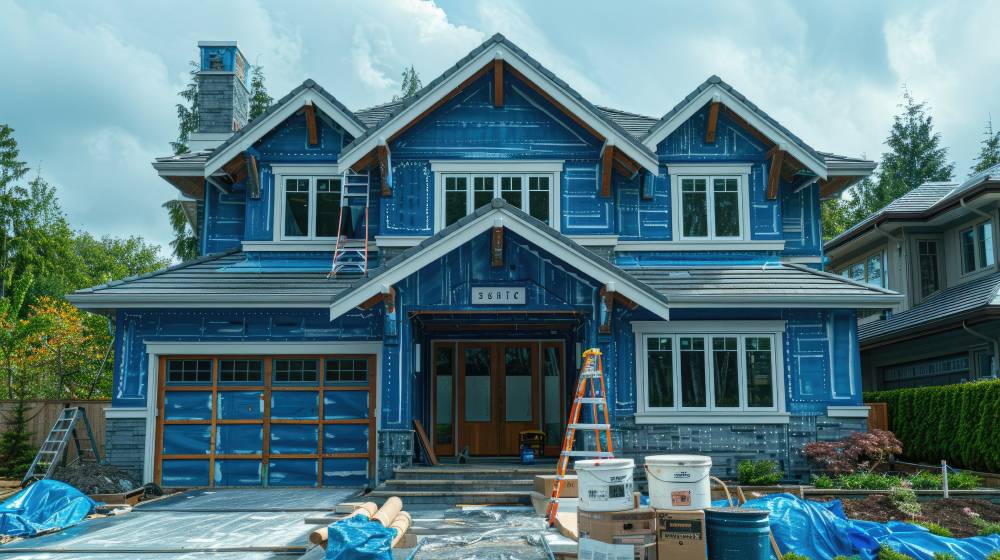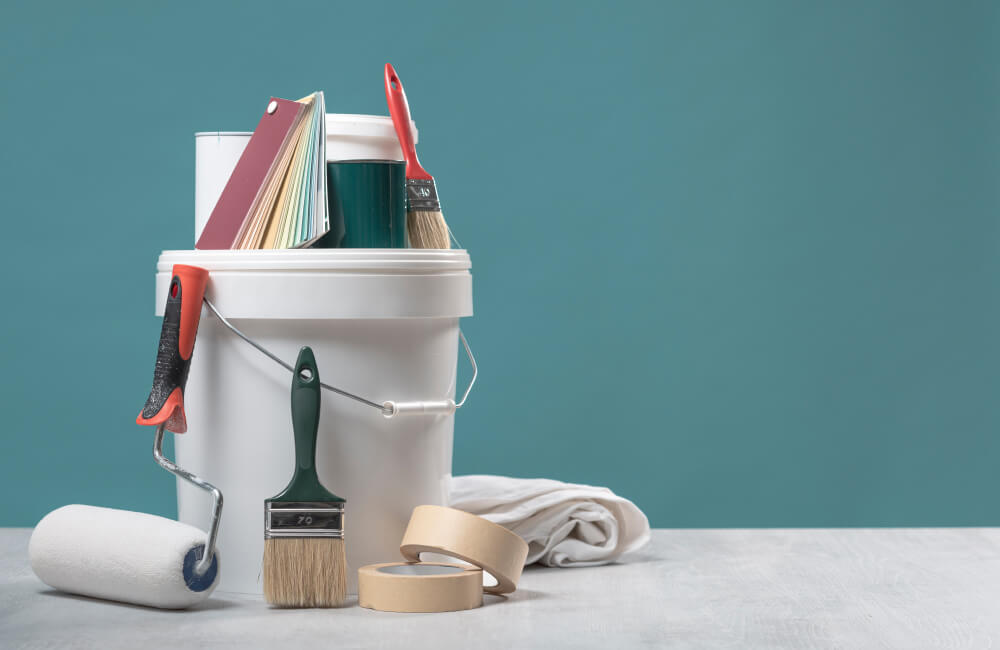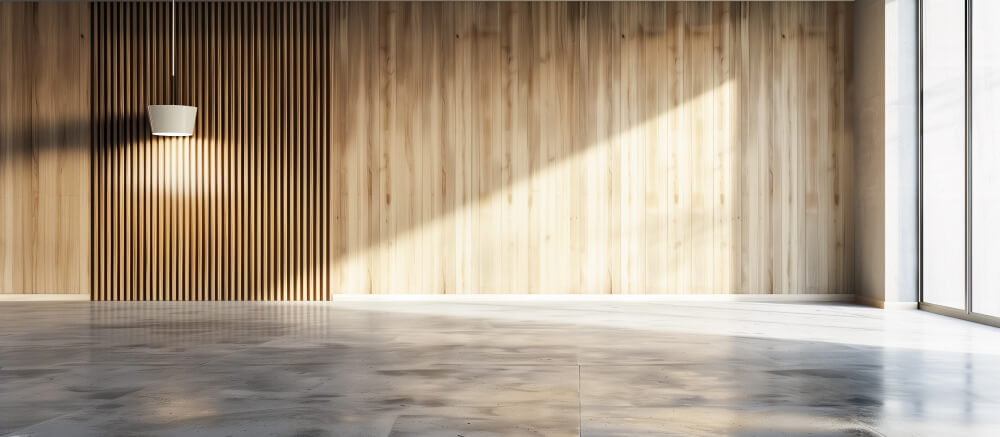Understanding the Basics of Color Theory
Before diving into specific colors, it’s essential to understand the basics of color theory. Colors can be categorized into three primary groups: primary, secondary, and tertiary colors. Primary colors (red, blue, and yellow) are the foundation of all other colors. Secondary colors (green, orange, and purple) are created by mixing two primary colors. Tertiary colors are formed by mixing a primary color with a secondary color.
Colors also have temperature associations, with warm colors (reds, oranges, yellows) creating a cozy, energetic atmosphere, and cool colors (blues, greens, purples) providing a calming, serene environment. Understanding these basics can help you choose colors that evoke the desired mood and energy in your space.
Factors to Consider When Choosing Paint Colors
- Lighting: The amount and type of light in a room can significantly affect how a paint color appears. Natural light, artificial light, and even the direction a room faces can change the way a color looks. Test paint samples on your walls and observe how they look at different times of the day under various lighting conditions.
- Room Size: The size of a room can influence color choice. Lighter colors can make a small room feel more spacious, while darker shades can add coziness and intimacy to larger spaces. Consider the room’s dimensions and how you want the space to feel when selecting your paint color.
- Purpose of the Room: Think about the primary function of the room. For instance, a bedroom should promote relaxation and rest, so soothing colors like soft blues and greens are ideal. In contrast, a dining room may benefit from warm, inviting colors like rich reds or warm neutrals to encourage conversation and appetite.
- Existing Décor: Take into account your existing furniture, textiles, and accessories. Your paint color should complement and enhance your current décor rather than clash with it. Use color samples to see how they work with your furniture and other elements in the room.
- Personal Preference: Ultimately, your personal taste plays a crucial role in choosing a paint color. Consider colors that make you feel happy and comfortable. Don’t be afraid to express your personality through your color choices.
Join HICP Homeowner’s Alliance
Connect with experts, get special discounts and enjoy member benefits
Popular Color Trends and Timeless Classics
While personal preference is key, it’s also helpful to consider current color trends and timeless classics that consistently prove popular:- Neutrals: Shades of white, beige, and gray are versatile and timeless. They create a clean, sophisticated look and provide a neutral backdrop that allows your décor to stand out.
- Blues: From soft pastels to deep navy, blue is a versatile color that can create a serene, calming environment or a bold, dramatic statement.
- Greens: Green is associated with nature and can bring a refreshing, tranquil feel to a room. Sage and olive greens are particularly popular for their calming effect.
- Warm Earth Tones: Warm colors like terracotta, ochre, and rust can add a cozy, inviting feel to a space. These colors work well in living rooms, dining rooms, and bedrooms.
- Bold Accents: If you’re feeling adventurous, consider using bold colors like deep reds, vibrant yellows, or rich purples as accent walls or in smaller spaces like powder rooms for a pop of personality.
Tips for Selecting the Perfect Paint Color
- Use Paint Samples: Purchase small samples of the colors you’re considering and paint them on your walls. Observe how they look at different times of the day and under various lighting conditions to see how they change.
- Consider Undertones: Pay attention to the undertones of the colors you’re considering. Undertones can be warm, cool, or neutral and can affect how a color looks in your space. A beige with a pink undertone will look different from one with a yellow undertone.
- Start with a Focal Point: If you’re having trouble deciding, start with a focal point in the room, such as a piece of artwork, a rug, or a piece of furniture, and choose a color that complements it.
- Test in Different Rooms: If you’re planning to use the same color in multiple rooms, test it in each room. Different lighting and décor can make the color appear different from one room to another.
- Seek Professional Help: If you’re still unsure, consider consulting with a professional color consultant or interior designer. They can provide expert advice and help you choose colors that will work best for your home.
Choosing the right paint color for your home doesn’t have to be overwhelming. By understanding color theory, considering the factors that influence color choice, and following expert tips, you can confidently select colors that will enhance your home’s beauty and reflect your personal style. Remember to take your time, test samples, and trust your instincts. With the right paint colors, you can transform your home into a space that feels uniquely yours.








